Not just a sweet and refreshing fruit, plums also offer a plethora of nutrients such as , ,… Today, we will show you 5+ tips to help blossom out of season effectively!
1 Information about An Phuoc Plum
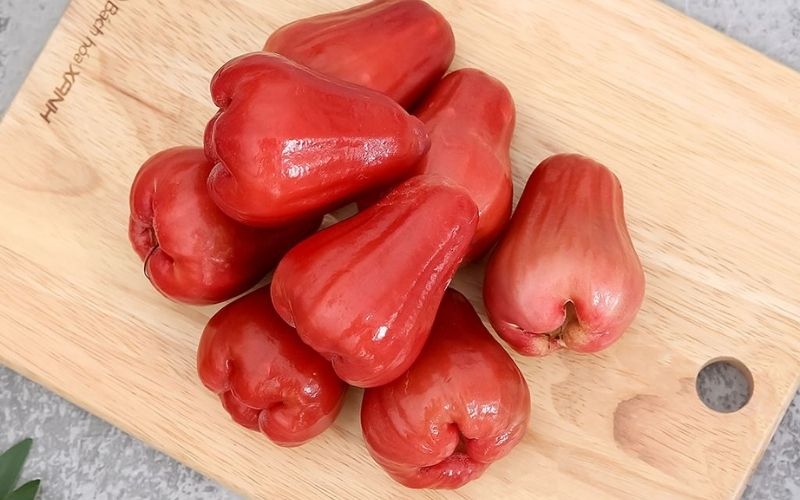 Introduction to An Phuoc Plum
Introduction to An Phuoc Plum
An Phuoc Plum is a hybrid variety created by grafting the Thai Thongsamsri cultivar onto the rootstock of the Vietnamese green plum tree. This hybrid is typically sweeter and bears more fruit than older varieties. The tree has a straight trunk, grows to a height of 3 – 10m, and has dark green leaves with reddish-brown young shoots.
Additionally, the An Phuoc Plum has white flowers and flower buds that grow in the leaf axils. The fruit is bell-shaped, about the size of a cow’s milk can lid, with a deep red skin devoid of green veins. Notably, the An Phuoc Plum is highly productive and can be harvested continuously throughout the year.
2 Care Tips Before the Off-Season Blooming Period
Prune the Plum Tree After the Previous Harvest
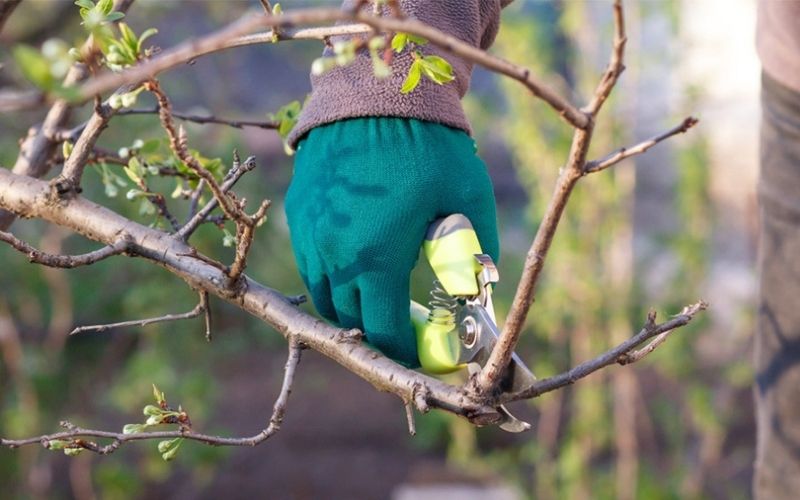 Pruning the Plum Tree After Harvest
Pruning the Plum Tree After Harvest
After each harvest season, it is recommended to care for the An Phuoc Plum tree using the following tips to ensure its health and productivity:
- Prune all dead, non-fruiting, poorly developed, diseased, or interfering branches to prevent damage to other plum trees.
- Control the height of the tree to facilitate maintenance, control, and management of fruit production.
Fertilize the Tree
 Fertilizing the Plum Tree
Fertilizing the Plum Tree
After each harvest, it is essential to provide adequate fertilization to ensure that new plantings receive sufficient nutrients, thereby increasing fruit yield. Here’s how:
- After pruning, apply NPK 20-20-15 fertilizer around the tree, adjusting the amount based on the tree’s age, typically between 0.5 – 1.0kg per tree.
- During fertilization, incorporate well-rotted manure mixed with Trichoderma fungus to accelerate the breakdown of fibrous materials in the soil, enhancing nutrient absorption, boosting the tree’s resistance, and preventing diseases like root rot and leaf yellowing.
- Before fertilizing, dig a trench around the tree, radiating outward from the trunk. Afterward, water the tree with warm water to ensure the fertilizer dissolves quickly and evenly, preventing root burn.
3 Tips to Encourage An Phuoc Plum to Blossom Out of Season
Manual Techniques to Induce Off-Season Blooming
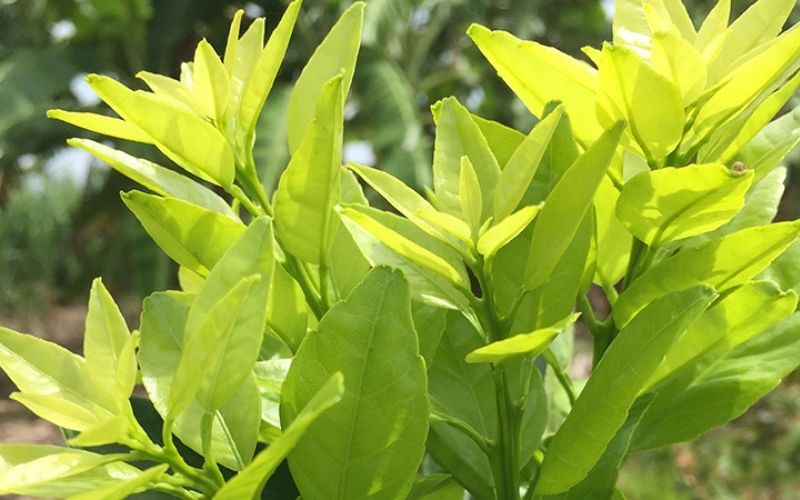 Manual Techniques for Off-Season Blooming
Manual Techniques for Off-Season Blooming
During the off-season blooming phase, employ these manual care techniques:
- Regularly monitor the plum orchard to implement timely care solutions.
- When the young shoots turn from a silky texture to a pale banana color, which is the critical moment determining the off-season blooming, implement rational measures to care for the tree.
- Particularly during this phase, prune ⅓ of the inner leaves of young plum trees and apply a solution of 50g KCNO3 mixed with 10 liters of water, sprinkling it 5 – 10cm away from the tree’s base.
Use Appropriate Plum Fruit Bags
Plum fruit bags are typically sized at 30x35cm, made of thin, breathable material to facilitate photosynthesis and substance exchange, resulting in naturally colorful fruit. This also enables growers to monitor the plums’ development.
 Using Suitable Plum Fruit Bags
Using Suitable Plum Fruit Bags
Additionally, fruit bags protect larger plums and increase the season’s yield. For optimal results, follow these instructions for bagging plums:
- Three to four days after plum blossoms appear, spray the tree with pesticides to control insects and fungi.
- Five to seven days after the plum blossoms shed their stamens, cover the plum clusters with bags, securing them with rubber bands. For higher clusters, use long poles to avoid climbing, saving time and labor.
Precautions Before Treatment
 Water the Tree to Prevent Nitrogen Toxicity
Water the Tree to Prevent Nitrogen Toxicity
During the off-season care phase, keep the orchard dry for about a week before treatment to ensure productivity. Afterward, water the tree to prevent root nitrogen toxicity and potential tree death.
4 Care Tips After the Off-Season Blooming Period
Fertilization Timing for Plum Trees
After inducing blooming, closely monitor the orchard and fertilize at appropriate times to ensure sufficient nutrient supply, thereby increasing crop yield. Here are the key timings:
- First timing: Apply the first fertilizer dose when the plum tree has shed its pollen.
- Second timing: Apply the second fertilizer dose after bagging the plum clusters.
- Third timing: Apply the third fertilizer dose before harvesting the plums.
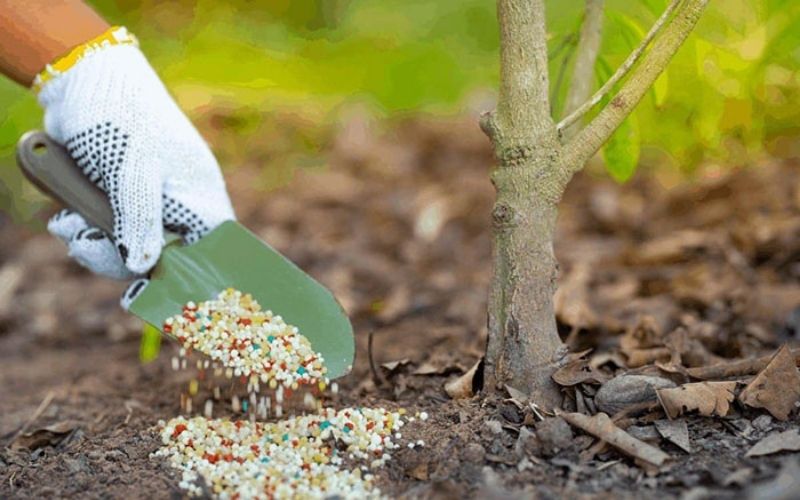 Fertilization Timing for Plum Trees
Fertilization Timing for Plum Trees
When fertilizing, apply NPK 20-20-10 fertilizer around the tree’s base at a rate of 0.5kg per tree, or mix the fertilizer with 10 liters of water and irrigate the tree. Additionally, combine this with anti-rot medication to ensure a productive harvest.
Combining Chemical Treatments
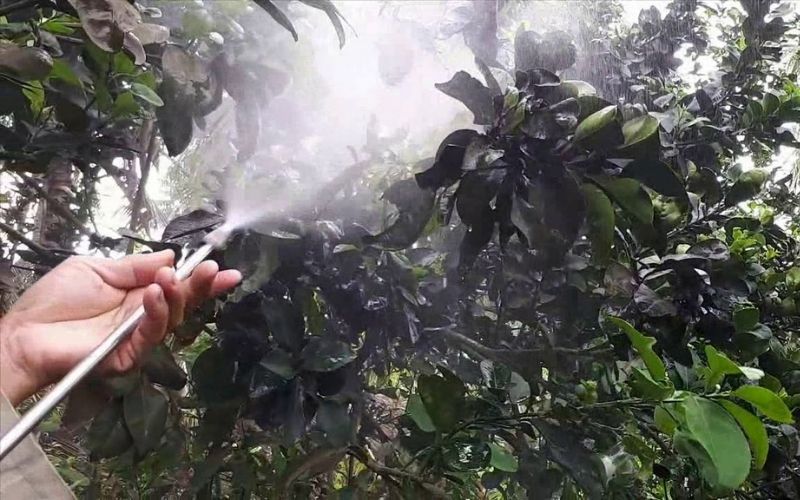 Combining Chemical Treatments
Combining Chemical Treatments
To increase crop efficiency naturally, mix 4-CPA-Na 98% at a concentration of 5 – 20mg/liter of water and spray it on the entire tree during the blooming phase. This will prevent fruit drop while ensuring the plums remain sweet, safe, and fresh after harvest.
5 Common Queries About Plum Trees
When do plum trees blossom?
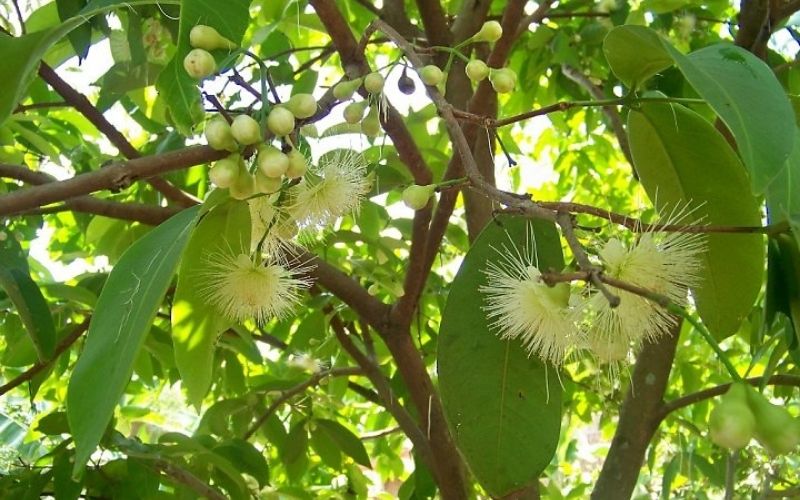 Plum Blooming Season
Plum Blooming Season
Typically, in lowland areas, plum trees blossom between February and March, bearing fruit from April to May.
Notably, the An Phuoc Plum, one of the most productive varieties in Vietnam, can yield up to three harvests per year (spring crop in February-March, autumn crop in August-September, and another crop towards the year-end), depending on the orchard’s health.
Why isn’t my plum tree bearing fruit?
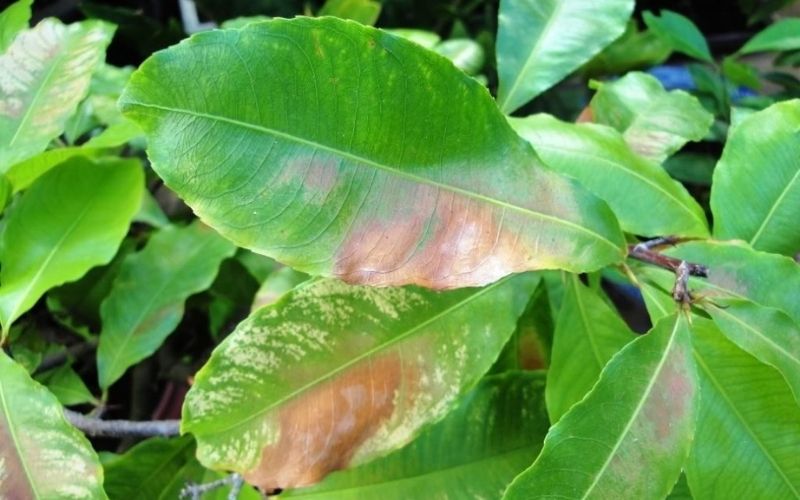 Reasons for Plum Tree Not Bearing Fruit
Reasons for Plum Tree Not Bearing Fruit
Apart from unfavorable climatic conditions (excessive rain, drought, severe frost, etc.), inadequate sunlight, or pre-existing diseases in the cultivar, the plum tree’s failure to bear fruit can be attributed to human errors like improper planting, incorrect watering, over or under-fertilization, etc.
These are the 5+ tips to help An Phuoc Plum blossom out of season effectively. We hope that with this guide, you’ll be able to harvest sweet, refreshing, and delicious plums for your family!

































